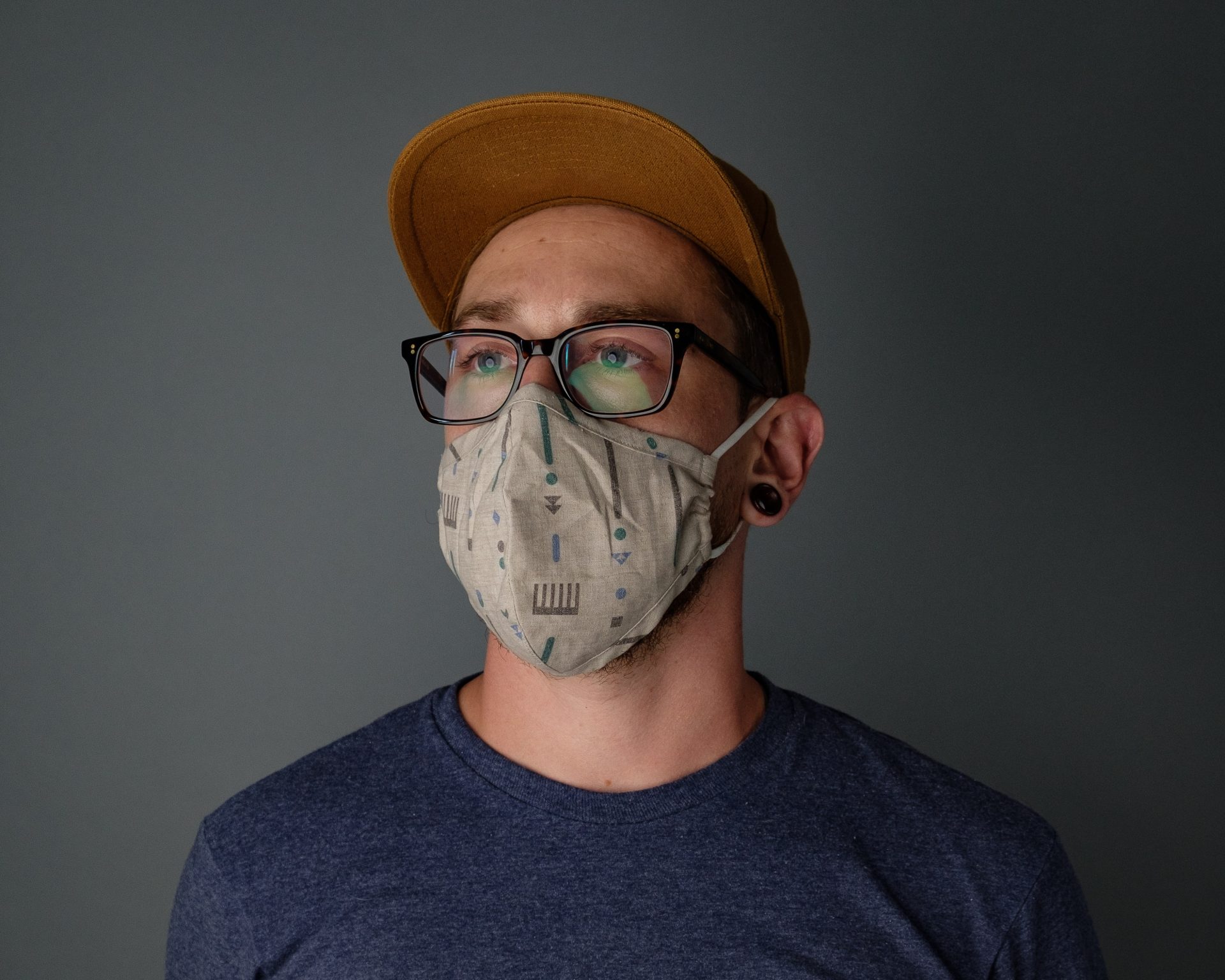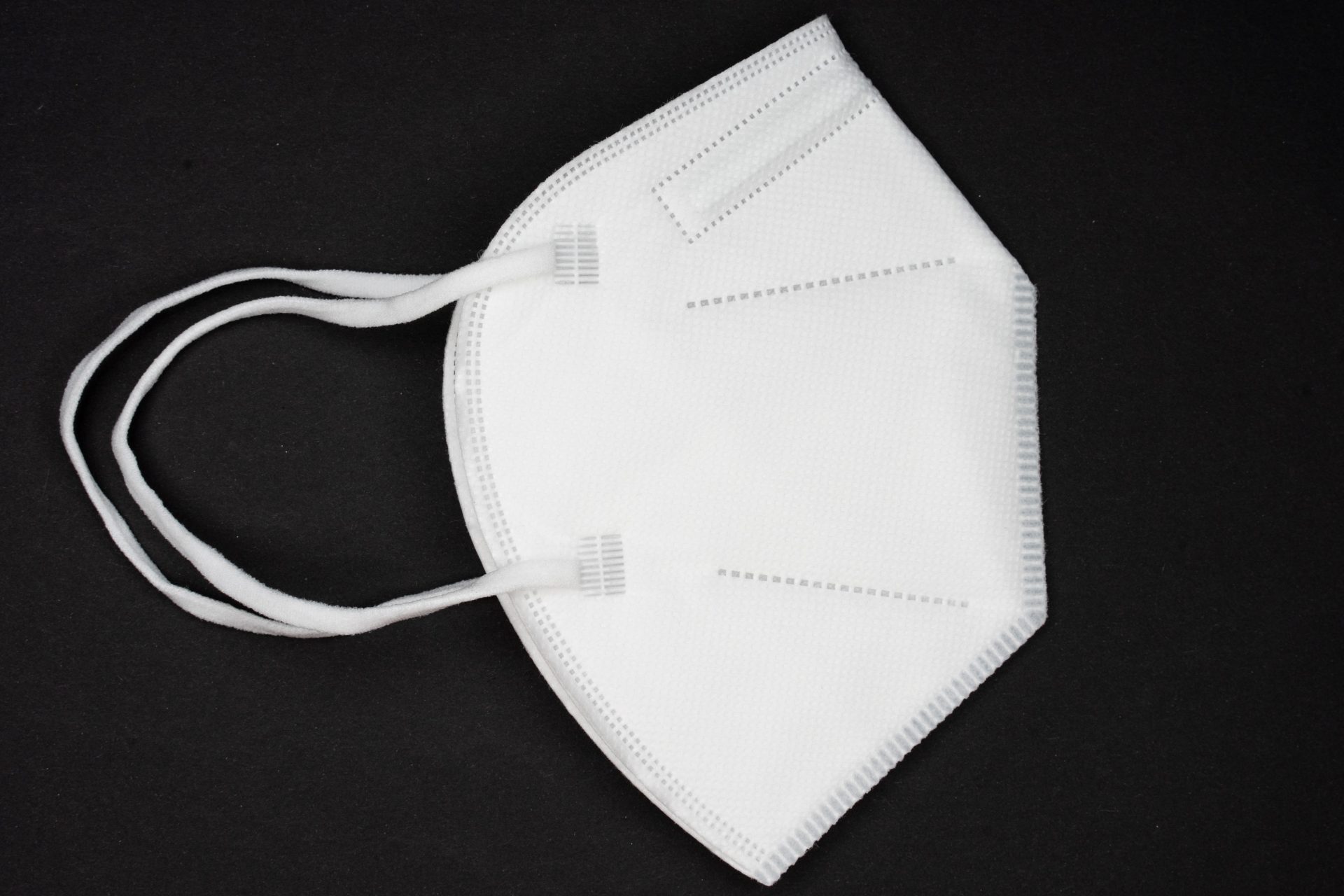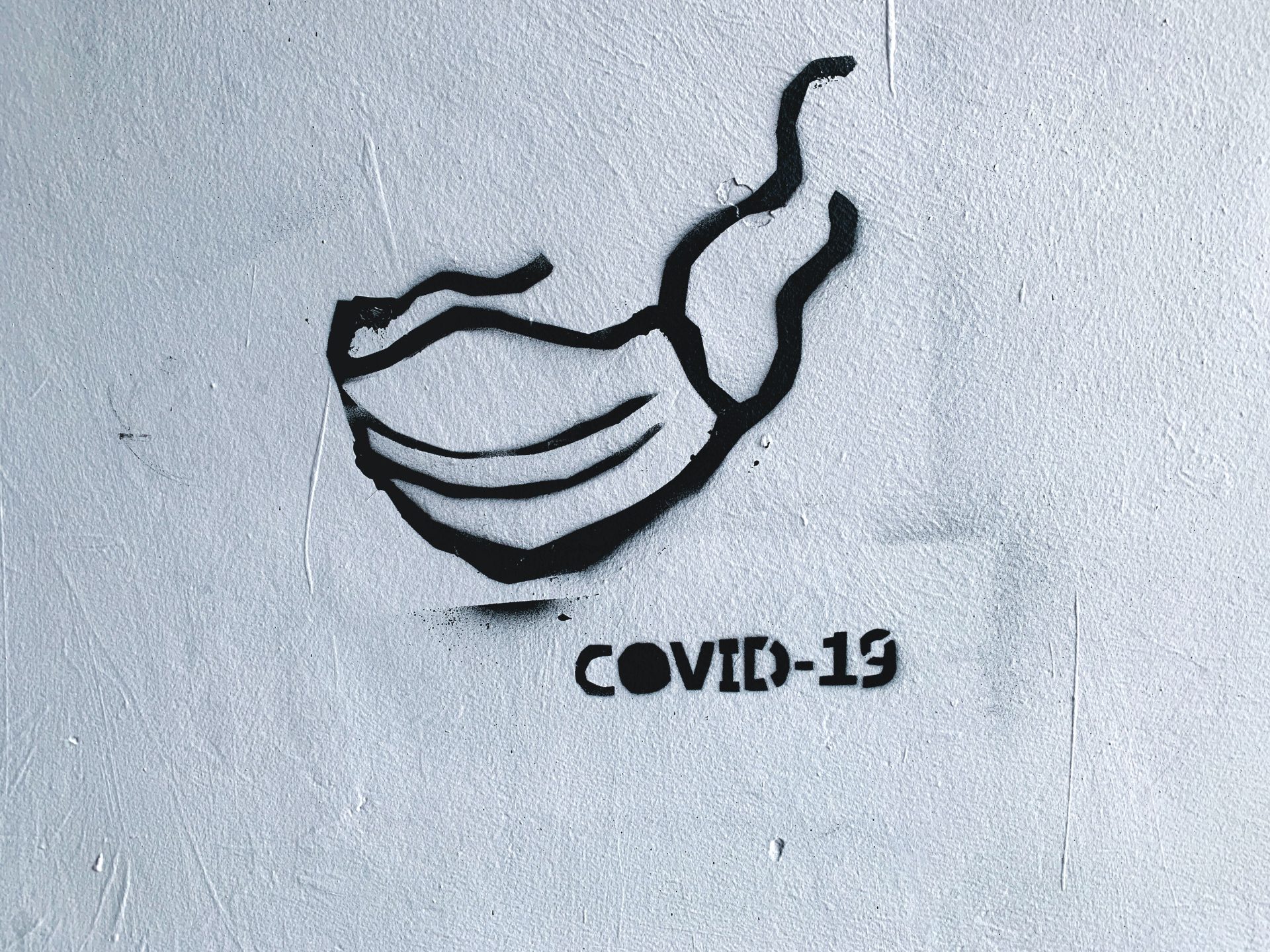Reevaluating Masks In The Wake Of Omicron
So, it appears the Omicron variant has finally arrived on our shores and that means one thing; it’s time to panic and sensibly hoard every last toilet roll in sight like we did when this all kicked off back in March 2020. Hah, I’m kidding (no really, please don’t do that again), but the emergence of Omicron will no doubt change the way we approach certain aspects of our lives over the next few months, beyond the obvious restriction changes which have already been implemented. One way that might manifest itself is in how we approach wearing masks. To this point, I think it’s fair to say the majority of people have been mostly comfortable being out and about, in their work offices, restaurants, bars, buses, cinemas, etc., wearing their standard cloth or surgical masks. That might change with the presence of Omicron, which is understood to be significantly more transmittable than prior variants. By this point, we know full well it can be tough to cut through the hearsay and misinformation when it comes to anything COVID related, so we’ve done some digging and come up with a basic guide to masking up in the next stage of the pandemic.

ARE CLOTH OR SURGICAL MASKS STILL EFFECTIVE?
Since the start of this thing, one of the biggest points of contention between parties of all ilks has been the debate over whether regular cloth masks are at all effective in preventing transmission of COVID. While at no point have restrictions ever specified that cloth masks are not acceptable forms of PPE for members of the public, experts all over the world have made their skepticism clear about their effectiveness, particularly with regard to Omicron. The world regarded Mayo Clinic have been one of the lead voices behind this sentiment, strongly recommending cycling away from cloth masks in the wake of Omicron towards alternative options. Unfortunately, the days of style-coordinated mask-wearing could be coming to a close, or at least be about to become more difficult. Surgical masks (those blue flimsy ones you see out and about) have been held in better regard by most experts, though some have pointed out that the ‘loose fit’ of these models can lead to leakage, limiting the level of coverage the masks are able to provide. Still, as of this writing, these masks are the ones that have been recommended by domestic health experts (for reasons we’ll get to in a moment).

WHAT ABOUT DOUBLE MASKING?
Some discussion has been had over whether double masking is an effective tool that eliminates some of the disadvantages of the cloth and surgical models. The U.S Centre for Disease Control and Prevention (CDC) have been vocal proponents of double masking, using a cloth mask over the top of a surgical mask to solve some of the fit issues that occur with the surgical mask. Also, it makes sense to simply add more layers of protection between yourself and others, as the more layers droplets have to travel to get from you to others and others to you, the more difficult it is to transmit the virus. It’s worth noting that this option is preferred to using multiple surgical masks, both from an effectiveness perspective and a waste perspective, as much has already been said about the impact single-use unrecyclable surgical masks have already made on our environment.

N95’S AND KN95’S?
By this point, we all pretty much know that when it comes to preventing transmission, N95 masks are the gold standard and are good for around 5 uses per mask. This hasn’t changed in the wake of Omicron, and health experts continue to profess the effectiveness of N95’s compared to all other alternative options. However, to this point, the government has not recommended N95 masks for public use, and Covid-19 Response Minister Chris Hipkins has admitted this is primarily due to the lack of supply currently in the country. KN95’s, essentially the Chinese equivalent of the N95, are also believed to be effective, but be careful, as several cases of counterfeit online sales of this version have surfaced in the past few weeks. Here’s a decent checklist from the CDC on what to look out for when sourcing an N95.
THE VERDICT?
The long and short of it appears to be if you can somehow get your hands on an authentic N95 mask, then you’re in business, as this is the consensus most effective option with regard to preventing transmission of Omicron and the other variants. If not, which appears it might be the case for the majority of use for the time being, double masking with a cloth mask on top of a surgical mask likely gives you your best chance of staving off the virus for the time being.

